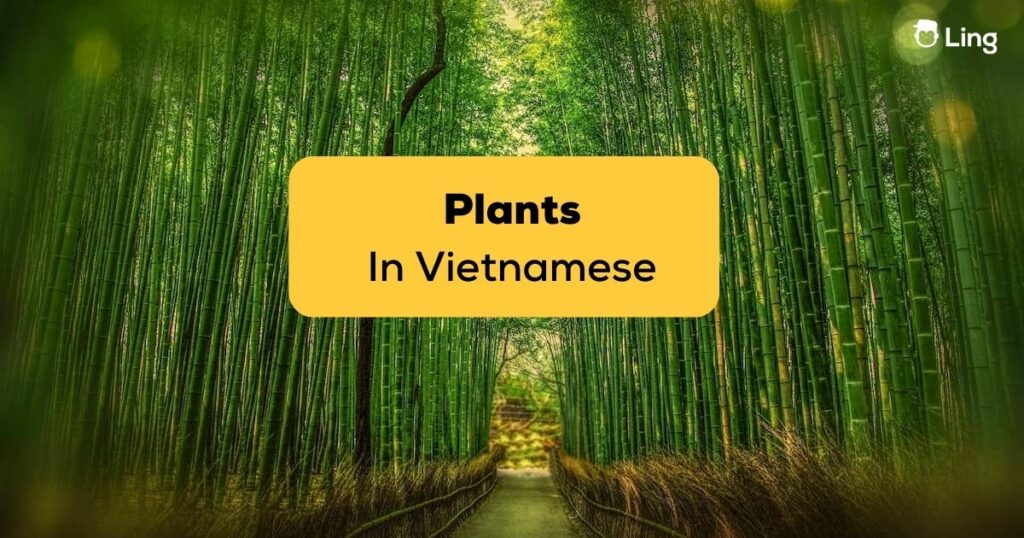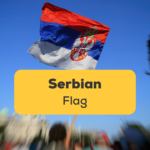Vietnam is a fascinating country in terms of both its flora and fauna. Take a second now to look at Vietnam on a map and see just how oddly shaped the country is. It is incredibly narrow, sometimes only a matter of miles in certain places but extremely long, 1650km to be precise. That means the country is situated in many different weather zones, and of course, that means its agriculture is extremely diverse. The Mekong Delta in the south has an entirely different biosphere to the distant mountainous mountains of Sapa in The north. That is why plants in Vietnamese are so varied and why learning plants in Vietnamese is useful when you’re building your understanding of the language.
Let me tell you from personal experience it will make a massive difference when negotiating at a local plant market. Knowing the Vietnamese names could save you as much as 3x the price.
Has someone planted the seed in your head that you want to learn Vietnamese? Do you want to learn for business, pleasure, or merely out of curiosity? Well, whatever your reason, Ling is here for you. Our lessons cover every conceivable topic that will help you everywhere, from the boardroom to a street food stall. You study 10 minutes daily and bask in all that Vietnamese language goodness! Take a closer look here.
Plants In Vietnamese- Basic Vocabulary
Some Facts About The Flora And Fauna Of Vietnam
Note: Flora and fauna are just a posh way of saying plants and animals.
- There are seven land groups in Vietnam, but most of the ground is comprised of alluvium, grey soil, and alum.
- Vietnam is a highly fertile landmass which explains its rich history of agriculture and forestry
- Vietnam has a tropical monsoon climate which is the ideal environment for broad plant diversification
- Vietnam has over 800 wood species, many of which are highly sought after and bring huge prices on world markets. The downside of this is the ever-increasing deforestation, particularly of the teak tree. Untouched forests have a wood reserve of 300 cubic meters per hectare.
- Vietnam has 200 animal species, 800 bird species, 100 amphibian species, 150 reptile species, and 1000 river and ocean-dwelling species. Some interesting examples include monkeys, gibbons, wild cats, pheasants, chameleons, iguanas, snakes, civet cats, and centipedes
- In terms of other natural resources, Vietnam has gas, oil, coal, and iron deposits.
- The tropical monsoon climate also presents disadvantages. The duration and timing of the monsoon are highly variable year on year, which leads to drought or flooding. The humid environment also presents infrastructure challenges. Machines rust, and roads wash away.
- Vietnam is home to many types of fungi and poisonous plants, some of which are deadly. A recent story from Vietnam.net shows how tragic this can be. Three women living in a commune in the Northern Highlands consumed the infamous Lá ngón (gelsemium elegant) plant, and all were killed. Three leaves are all it takes to kill a person in less than an hour. The real danger is that they are almost identical to edible plants and grow in similar locations.
- The national flower of Vietnam is the lotus flower
- The largest tree borne fruit is the jackfruit coming from the jackfruit tree. You’ll find this everywhere from southern and central provinces to Northern Vietnam.
- A particularly attractive flower comes from the rose myrtle bush. It has pink flowers, not bright red flowers as you might expect, and can be used to make rose myrtle wine
- Peach blossoms(yellow mai flower) are more commonly found in Southern Vietnam, whereas apricot blossom are more popular in the North. My personal favorite is the peach blossom, but I did spend more time in the South.
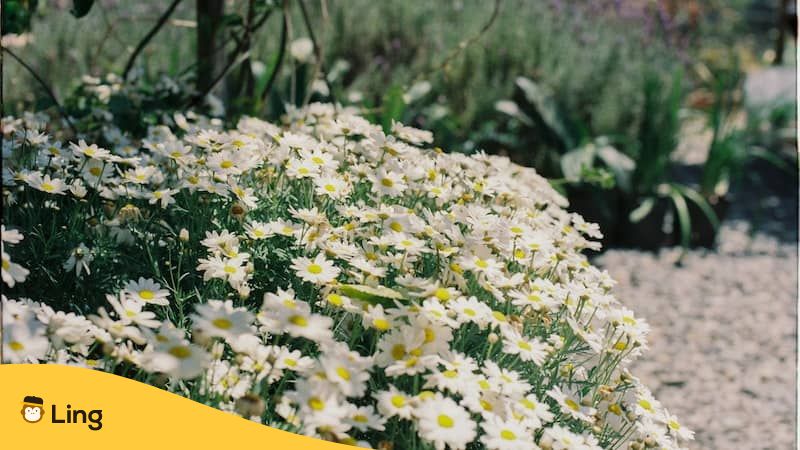
Phrases Related To Flowers And Plants In Vietnamese
Was the vocabulary useful for you? How about some phrases to really supercharge your learning?
English Vietnamese
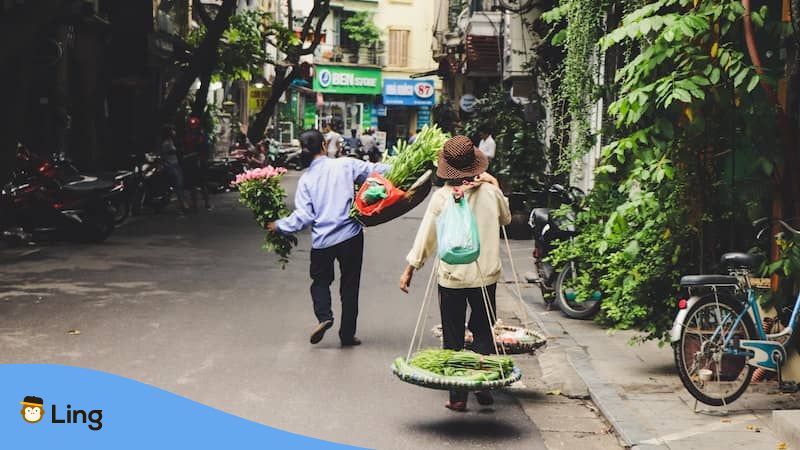
In Vietnam: The Search For The Mythical ‘Asian Unicorn.’
If you read our recent blog on the Vietnamese Battaut, you’ll know that we harbor an interest in cryptozoology. Well, the saola is a real-life case of an animal transitioning from ‘imagined’ to ‘real.’
The creature was thought just to be a figment of the imagination of local farmers until an expedition found the beast in 1992. At first, the team of researchers found only a skull, but since then, the creature has been observed in its natural environs on four separate occasions. The saola resembles an antelope, measuring about 33 inches at the shoulder and weighing in at 200 lbs.
The Annamite mountains, where they’re found, still remain largely unexplored, which intrigues many modern-day zoologists.
Note: Saola means spindle horn in Vietnamese
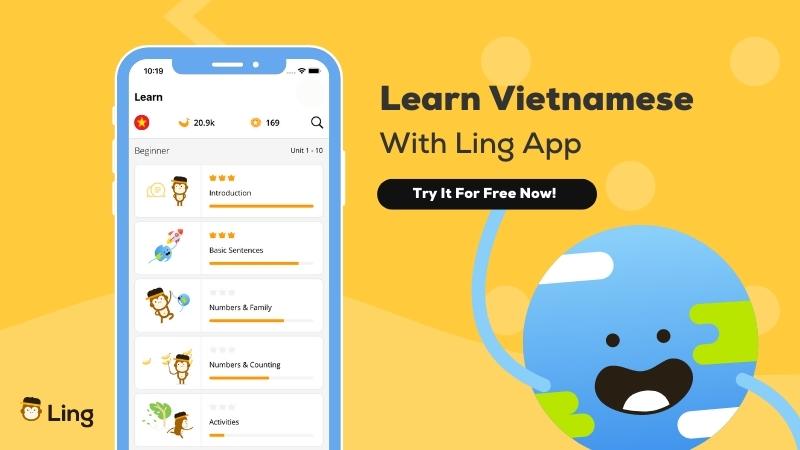
Learn Vietnamese With The Ling App
So did you get out of that article everything you wanted? We hope so. We aim to provide fertile ground for your curiosity to blossom.
If you sign up for the Ling app before January 31st, 2023, you can take advantage of our special New Year’s discount. That’s a massive 50% saving on 60 languages. You pay only $80 for a yearly subscription- that’s access to all of Ling’s features for an entire year- plus any future iterations of the app and newly launched features. We can’t say fairer than that!
If you liked this blog, check out a few others, such as Vietnamese currency and Vietnamese airport vocabulary They’ll be sure to whet your appetite for further language learning fun.
Thanks for reading, and we’ll see you next time!
